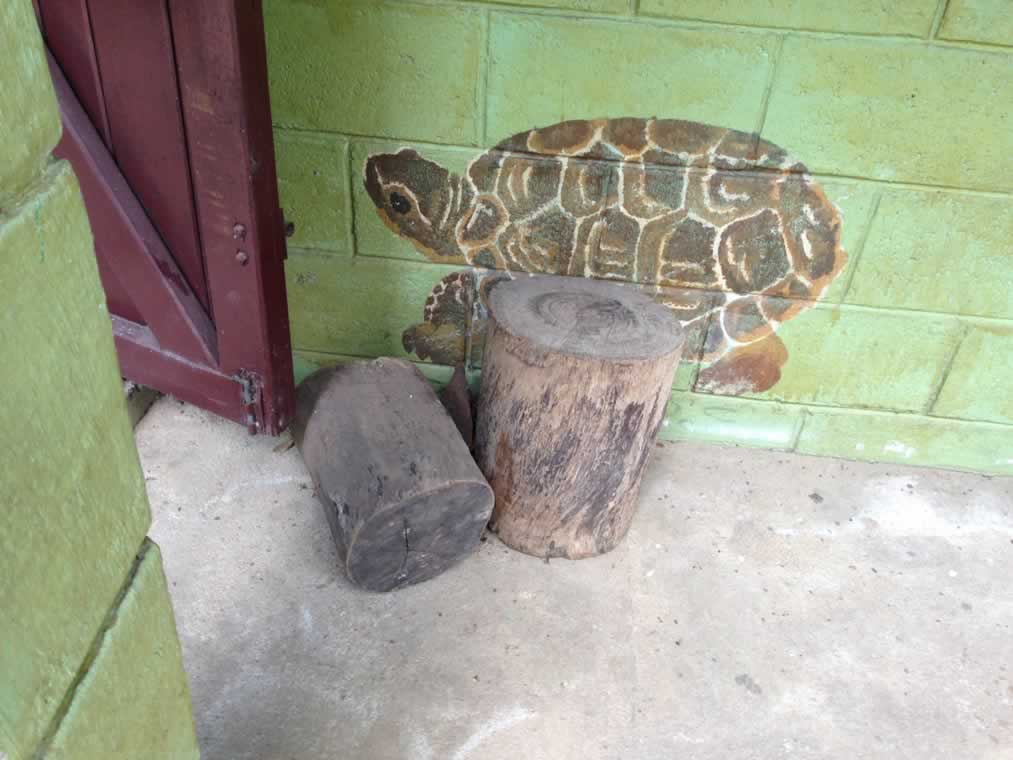TURTLE
Turtles evolved over 200 million years ago, making them the oldest reptile order still alive today. Turtles are also the longest living reptile, and the second largest reptile, growing to 7 feet long and weighing up to 2,000 pounds, surpassed only by the saltwater crocodile.
Research on turtles has shown that wood turtles can navigate mazes better than rats, and they demonstrate remarkable strategic adaptive skills.
Turtles’ shells evolved from their ribs, vertebrae, and in some species, pelvis. Since the shell is rigid, it prevents a turtle from expanding and contracting its chest cavity to breathe. Instead, air is pulled into the lungs by pumping its limbs, or by contracting the rear abdominal muscles to inhale and expel air through the lungs, much like the diaphragm in mammals. Turtles have very good night vision due to an abundance of rod cells in their retinas, and exceptional color vision because of the large number of cone cells.
Turtles are divided into 2 groups based upon how they pull their necks back into their shells. Pleurodira’s necks contract side-to-side, while Cryptodira withdraw their necks by contracting their spines.
Phylum: Chordata
Class: Reptilia
Order: Testudines

Rio Blanco National Park, Belize
